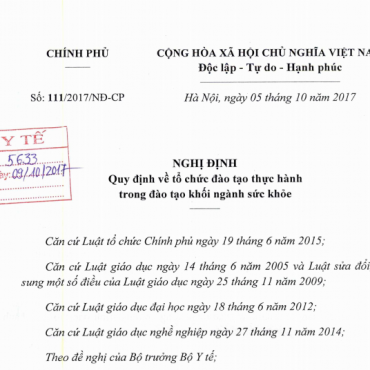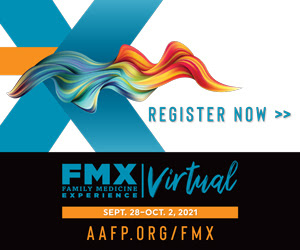|
|
|
|
| |
|
|
| |
|
Welcome to the new AFP Clinical Answers monthly email. We hope you enjoy this resource, which we’ve designed to provide quick, focused, evidence-based answers to key clinical questions, drawn from AFP articles. We welcome your feedback at afpedit@aafp.org. – AFP Editors
|
|
| |
|
How can pretest probability impact the approach to interpreting COVID-19 diagnostic testing?
The pretest probability of COVID-19 should be based on the patient’s exposure to someone with a confirmed or probable case, signs or symptoms of COVID-19, local or population-specific prevalence, and the presence of an alternate diagnosis. A negative molecular or antigen test result might not rule out COVID-19 infection when the pretest probability is high. Physicians should recommend isolation precautions regardless of a negative test result when the pretest probability is high; therefore, physicians should use a symptom-based approach for discontinuing isolation precautions for most patients. Read the full article.
|
|
|
|
|
|
| |
|
❯ ❯ AFP Clinical Answers distills evidence-based answers to clinical questions from AFP content for use at the point of care. Visit our searchable online collection for more.
|
|
|
| |
|
Tip for Using AFP at the Point of Care
|
|
Do you use Google to search? You can limit the search results to AFP by simply typing "AFP:" before your search term.
|
|
|
|
| |
|
|
|
| |
|
Read the latest issue of AFP. Earn 7 CME credits.
- Irritable Bowel Syndrome
- Mobility Assistive Device Use
- Obstetric Lacerations: Prevention and Repair
- Photo Quiz: Rapidly Growing Red Nodule on the Scalp
- New Hypertension Guidelines
- Editorial: AFP 2021
|
|
|
|
|
|
|
| |
|
|
|

























